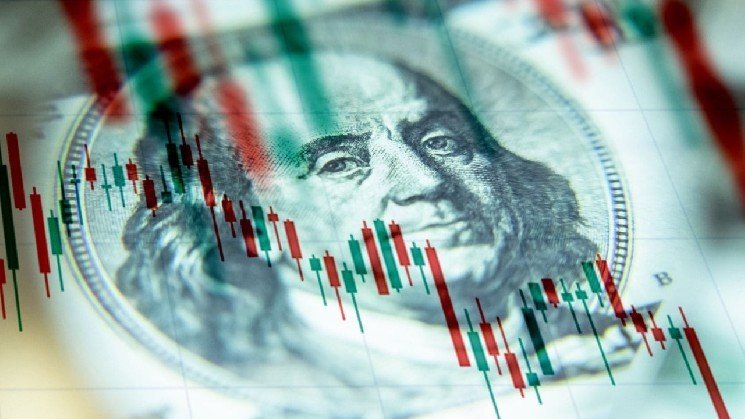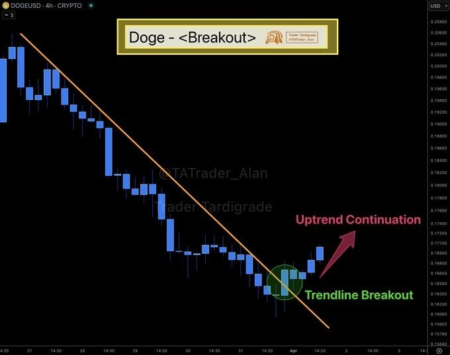Goldman Sachs warns the dollar is set to tumble as aggressive tariffs and slowing U.S. growth erode investor confidence and threaten its long-held global dominance.
Goldman Sachs Sees Dollar Losing Ground Fast With Tariffs and Growth Stalling Out
Growing concerns over U.S. trade strategy and a slowing economy are casting a shadow over the dollar’s strength, according to a new report from Goldman Sachs Research, released last week.
The firm warned that deteriorating economic indicators, coupled with the expanding use of tariffs, are driving down global confidence in the U.S. currency. The report stated plainly: “US tariffs are expected to weaken the dollar as GDP growth slows.” It also pointed to broader economic turbulence: “Tariff policy is also part of the uncertain policy mix, which is contributing to the shakier US economic outlook.” These conclusions come amid signs of falling demand for U.S. assets and reduced tourism inflows, raising questions about the future of dollar dominance.
Michael Cahill, senior currency strategist at Goldman Sachs, explained that trade policy now threatens one of the core reasons the dollar has remained strong in recent years. “We have previously argued that the US’s exceptional return prospects are responsible for the dollar’s strong valuation,” Cahill wrote, emphasizing:
But, if tariffs weigh on US firms’ profit margins and US consumers’ real incomes, they can erode that exceptionalism and, in turn, crack the central pillar of the strong dollar.
The research team’s forecasts include a projected 10% decline in the dollar’s value versus the euro and about 9% against the Japanese yen and British pound over the coming year. Goldman Sachs noted a shift away from U.S. assets among foreign investors and cited policy inconsistency as a major factor deterring long-term investment.
The Goldman Sachs report also examined the mechanics of how tariffs might impact currency values in the months ahead. It found that when it comes to “tariffs on so-called critical imports, which are hard to substitute, increased foreign pricing power means that US terms of trade may need to adjust via higher import costs.” The bank cautioned:
That means the dollar should depreciate, rather than the foreign currency.
“With the cost of foreign production rising everywhere, it’s possible the US will have to bear more of the cost of the tariffs. In this outcome, US terms of trade would deteriorate and the dollar would depreciate,” the report noted. Cahill further emphasized the shift in leverage: “With broad and unilateral tariffs now on the table, there is less incentive for foreign producers to provide any accommodation.” He described: “US businesses and consumers become the price-takers, and it is the dollar that needs to weaken to adjust if supply chains and/or consumers are relatively inelastic in the short term.”
Read the full article here










